Creating a Climate Change Education Model From the Ground Up
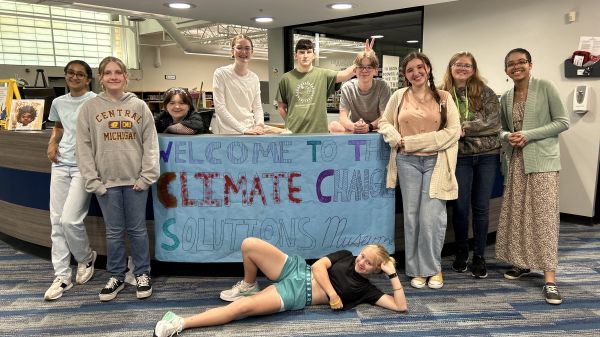
Each month, NAAEE shares narratives from the CEE-Change Fellows as they implement their community action projects and work to strengthen environmental education and civic engagement capabilities, all supporting the mission of cleaner air, land, and water. Join us on their journey! The Civics and Environmental Education (CEE) Change Fellowship is NAAEE’s newest initiative to support leadership and innovation in civics and environmental education in North America. This ee360+ program is a partnership between NAAEE, U.S. EPA, and the Cedar Tree Foundation.
When I applied for the CEE-Change Fellowship over a year ago, I figured it was a long shot. As an 8th-grade science teacher at Haslett Middle School in Michigan, I truly thought my idea to create and pilot a cross-curricular climate change education model would pale in comparison to the hundreds of brilliant community action proposals that would likely be submitted from teachers all over the world. As it turned out, I was one of only two classroom teachers selected for the fellowship. My Community Action Project (CAP) sought an answer to one of today’s most critical educational questions— how can we implement meaningful, interdisciplinary climate change education for public school settings without a state mandate to do so? Throughout my fellowship journey this year, I found the answer—from the ground up. That is teachers and students, working together, to build something that might grow large enough to get the attention of the powers that be.
After assuring my principal that I could handle the extra work, I started looking for my allies. Thankfully, they were not hard to find. After an introduction to the project and an initial interest survey, I identified the teachers in the building who were willing to support the initiative or, better yet, be part of the planning team. As luck would have it—or perhaps a gift from the universe itself, these teachers were predominantly part of my 8th grade teaching team and declared their minds, hearts, and planbooks open to the inclusion of climate change lessons in their subject areas. These amazing individuals are also part of the middle school Equity Team—isn’t that interesting?—so we were able to do much of our planning at these already scheduled, monthly meetings, where we could be sure that our climate lessons were centered in equity, inclusion, and justice. Add to this group one devoted school counselor to help us keep student mental health in the forefront of our minds, and voila, I had half of my team in place.
Here, I will pause for a moment, to emphasize the importance of this CEE-Change Fellowship in what might otherwise seem like a typical story of dedicated teachers, taking on extra work for the greater good. But if that were the case here, this excellent group of teachers at Haslett MS would have missed out on the BEST part of this CAP - working with young student leaders from the school. The CEE-Change Fellowship program commenced with a leadership institute organized by the lovely folks at NAAEE, which brought together educators from around the world who were part of the 2023 cohort. Here, I learned not only how to engage students in climate action, but also realized why they should play an integral role in the development of a climate change education model. For this nugget of wisdom, I will forever be grateful to NAAEE and the other 2023 Fellows, who helped me move past traditional methods of curriculum development and into a more authentic and equitable approach, with students and teachers in partnership. Isn’t this, after all, the potential power of climate education —to fix, along the way, many of the problems that exist in American institutions? I’d argue yes…yes it is.

Bridget and some members of her climate education planning team - Erika Morris, Laura Allen and Jeremy Newcombe. Photo credit: Jeremy Newcombe

CEE-Change Fellows pause to celebrate their final project presentation at the end of the leadership retreat. Photo credit: NAAEE
Enter the students. After sharing a Climate Change Student Knowledge & Attitudes Survey, I quickly identified 8th-grade students who cared enough about the climate crisis to volunteer their free time as part of a student leadership team. These 20 remarkable humans engaged in Environmental Action Civics lessons provided by Earth Force to become grounded in the goals of EE and the project before meeting with the teacher team to advise on lesson plan development. Throughout the year, they provided essential feedback after lessons were delivered in their core classes and helped with the planning of field trip logistics to a climate exhibit at the MSU Museum and the creation of our very own 8th-grade Climate Change Solutions Museum. Their enthusiasm and dedication to this work were inspiring. Thankfully, I created a mechanism to keep them involved, even after they’ve moved on to high school.
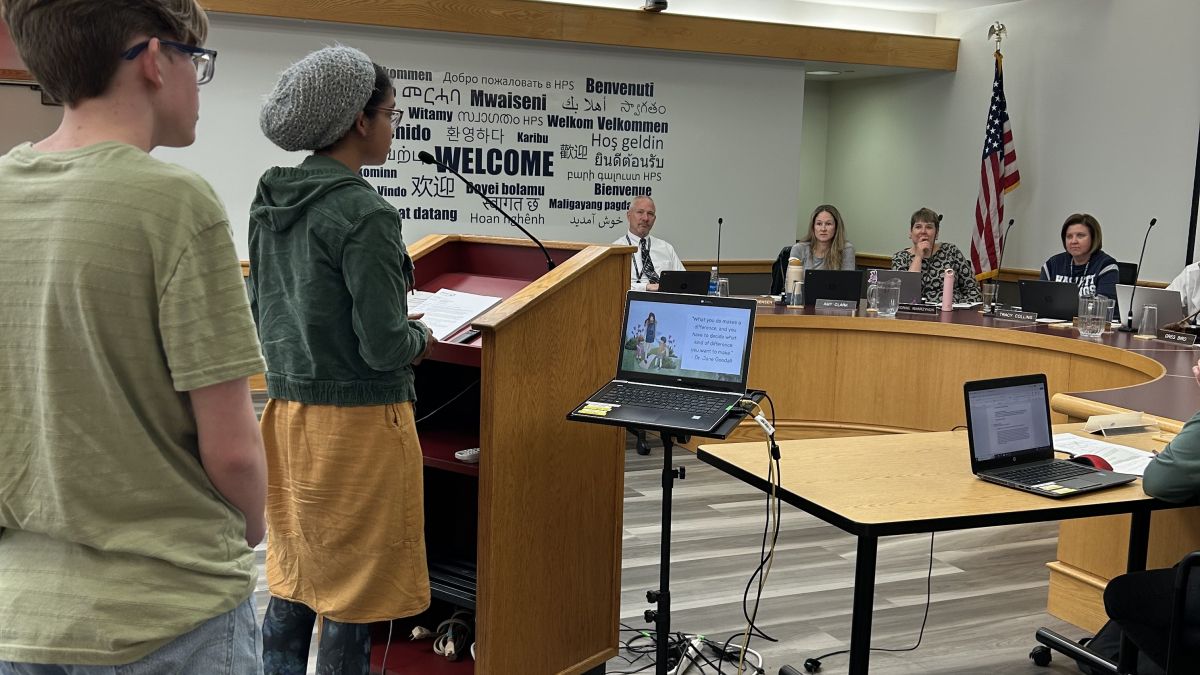
Members of the Student Environmental Advocacy Leadership (SEAL) team, presenting to the Haslet School Board. Photo credit: Bridget Booth
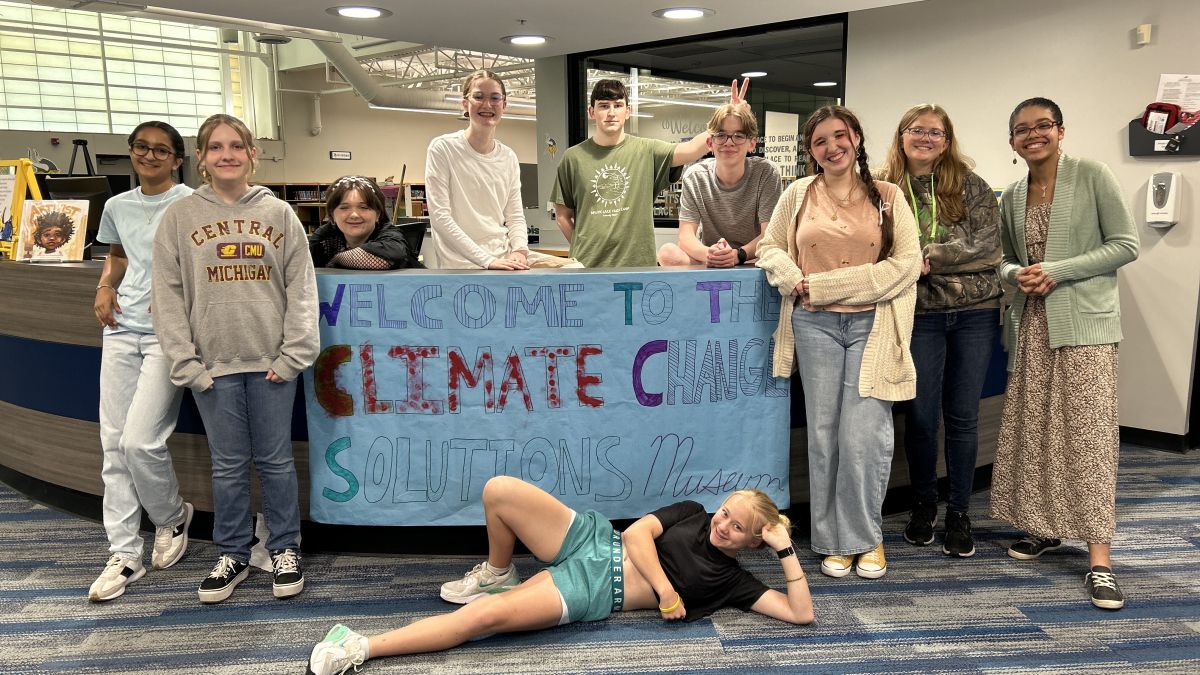
Climate Ed Student Leadership Team at the creation of their own 8th grade Climate Change Solutions Museum. Photo credit: Bridget Booth
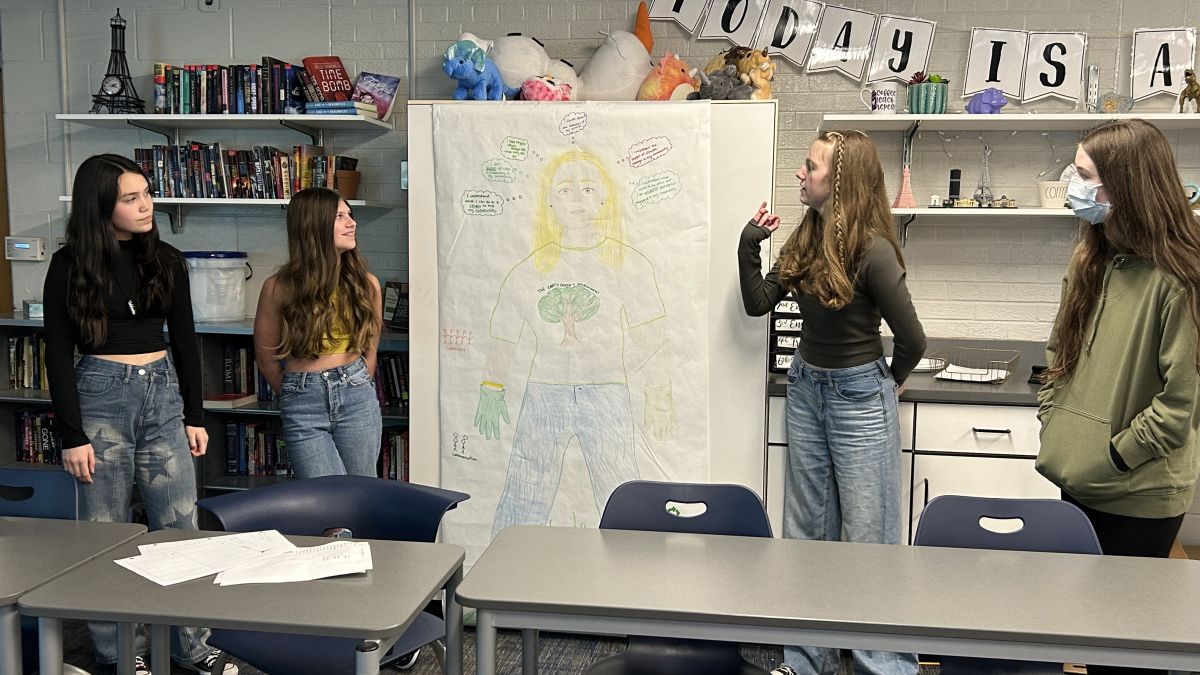
Members of the Climate Ed Student Leadership Team, presenting their “Environmental Citizen” to teachers at the Haslett Middle School Equity Meeting. Photo credit: Bridget Booth
Introducing…the SEAL team! Maybe I should back up a moment, since this is not MY acronym, but one developed by the students themselves. Early in the year, I decided to reach out to students I’d taught the year before who I knew would be assets to this project. This might be the best move I made throughout the process - the five 9th graders who responded have blown me away with their passion, insights, and integrity as they helped take the work we were doing to the next level. They intelligently spoke to teachers about essential components of climate education based on student survey data and immediately got to work on developing climate education goals not just for the middle school, but the whole district. Throughout the year, they created the Student Environmental Activism Leadership acronym and logo, met with the director of the Michigan Climate Action Network, and created a presentation for the Haslett School Board asking for district-wide climate education, which they presented in May. Perhaps most importantly, three of these students assisted in creating the agenda for the climate education workshop I offered for teachers in the district in June and facilitated a session on climate anxiety. And THIS is what it’s all about - teachers and students, learning from each other.
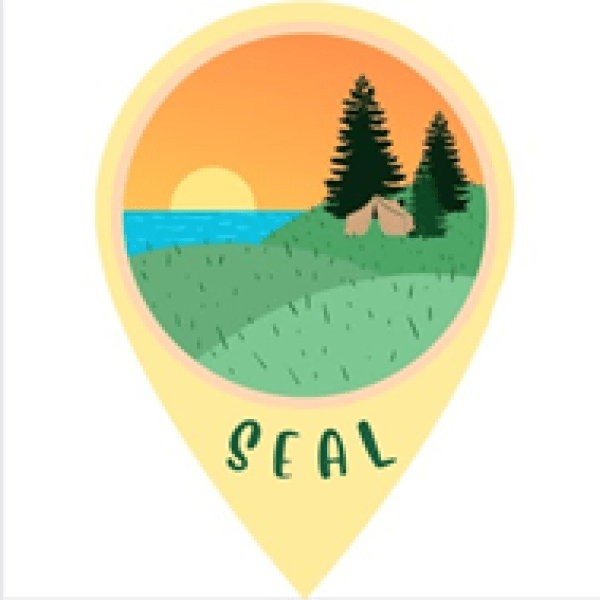
Student Environmental Advocacy Leadership (SEAL) team logo developed by students from Haslett Middle School.
I’m not going to lie, it was a tough year. Doing this work on top of my other teaching responsibilities was A LOT but it was also one of the most rewarding things I’ve ever done as a teacher. It struck me as I was writing this blog post that the word “fellowship” is so appropriate for this work - not just because we are working together towards a common goal, but because it makes one think of adventure, hardship, and the pursuit of what is right and just—yes, I love Tolkien. These teachers and students have become part of this fellowship, and together we just might conquer climate change, through education that is built from the ground up.




Comments
By utilizing education that is constructed from the ground up, we may be able to combat climate change together with these educators and students who have joined this fellowship.